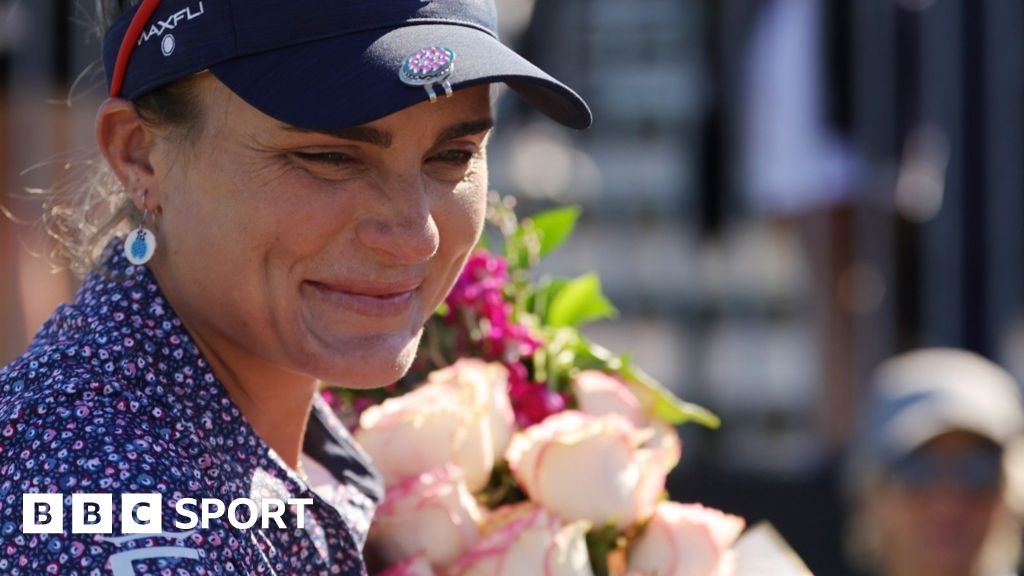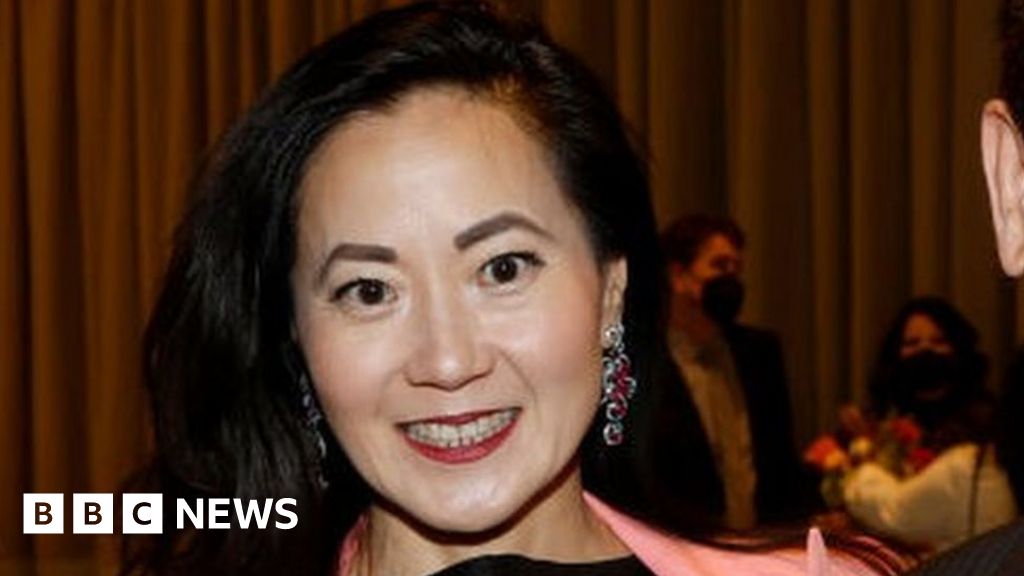ARTICLE AD BOX
One hug spoke a thousand words.
With two balls to go, South Africa needed 38 runs to win the Women's T20 World Cup. New Zealand's hands were all-but on the trophy and their legendary captain, Sophie Devine, looked to the sky in a brave attempt to fight back tears.
And when the victory was confirmed, Suzie Bates, her international team-mate since 2006, leapt into her arms in an overload of emotions from joy, to disbelief, to pure ecstasy at a lifelong dream finally being achieved.
It was the crowning moment for 35-year-old Devine and Bates, 37, who have made a combined 624 appearances for their beloved White Ferns.
For a pair who have seen it all, who have lived and breathed every single moment of New Zealand cricket's highs and lows - back-to-back final defeats in 2009 and 2010, to the 10 consecutive losses leading into this tournament, all culminating in the most unlikely victory in their 18th year of international sport.
Neither had particularly eye-catching tournaments in terms of statistics, and by their own high standards, but cricket goes beyond numbers.
Bates' experience at the top of the order allowed her 20-year-old partner Georgia Plimmer to express herself freely, with both finishing at the team's joint-highest run-scorers with 150 each.
Devine's calming influence as captain and unwavering trust in her players allowed Melie Kerr to take a record-breaking 15 wickets in the campaign.
With Bates' and Devine's glory comes an unforgettable moment for a country with a population of fewer than six million, where its best female athletes tend to opt for netball and rugby, where they are not blessed with a talent pool in the vain of Australia, India or England.
But the bigger picture for the women's game goes beyond New Zealand's story. Their victory offers hope for a sport that was becoming too predictable, such was Australia's dominance, winning six of the past seven titles.
It has proven that the gap between Australia and the rest may not be as big as we once thought - but the game must not become complacent. It must be a turning-point, not the endgame.
Leading wicket-taker: Leg-spinner Kerr finished with the most wickets in the tournament, with 15. It is the most in a Women’s T20 World Cup, beating England's Anya Shrubsole (2014) and Australian Megan Schutt's (2020) previous record of 13.
Steady scoring: Their team scoring-rate was 6.5 - which was only the sixth highest in the tournament, 0.7 runs-per-over slower than the highest. Their dot-ball percentage of 36.45% was the third lowest in the tournament, while their opening stand was the fourth highest on average.
They weren’t the most aggressive side in the tournament, until the final, with their strike-rate against spin only the sixth highest and fourth highest against pace. They also lost the second-most wickets in the tournament, behind Pakistan.
Consistent performers: Perhaps not surprisingly, considering they played the most games in the tournament, but they had three players in the top 10 run-scorers: Bates & Georgia Plimmer (joint-fourth, 150) and Kerr (ninth, 135).
It was the same in the bowling rankings Rosemary Mair (joint-third, 10 wickets) and Eden Carson (joint-fifth, nine wickets) joining Kerr in the top 10.
Excelling in the field: The White Ferns took the most wickets in the tournament (48) - which was 13 more than any other side, and 17 more than other finalists South Africa. They also took the most catches in the tournament (31) and picked up more wickets bowled (13) than any other side.
Spinners stand out: Their spinners took 30 wickets across the tournament, 10 more than other side. Their dot-ball percentage was also the third highest among spinners.
Seamers contribute: Their seamers took the joint-most wickets (18) too, with their dot-ball percentage the fourth highest.
Australia's win at the end of 2023 was described as a "formality", with each of their world titles sending international cricket a warning about its relevance in a growing world of franchise tournaments.
They seemed to be getting too far ahead, their benchmark set too high for others to catch and international sport was being deprived of competition and unpredictability.
Eighteen months later, those concerns were proved wrong but one tournament does not change the world order.
A surprise winner, a shock semi-finalist in West Indies and a first global final without either Australia or England has provided plenty of excitement and drama which a tournament needs to thrive.
But while entertaining, the standard has not been at its highest - particularly in the field, where 80 catches were dropped in the group stages alone.
And while the pitches improved, as did the support, scores of a run-a-ball or less were regularly defended which did not help sell a tournament to a wider audience which was already playing in front of relatively sparse crowds because of the last-minute venue change.
That said, before the tournament it was almost impossible to see beyond Australia as winners and it felt like the gap could not afford to grow any bigger and therefore, entertainment has prevailed ahead of the quality of cricket in this instance.
But the world game must act - South Africa dismantled Australia in their semi-final to make the calls for a women's SA20 (the country's T20 franchise tournament for men) even louder, while West Indies' run to the last four has given them a platform for their embryonic Caribbean Premier League to expand.
If the franchise game gets its balance right with the international game, and more players get the exposure in said leagues, this tournament could be the one that we remember for changing the landscape of women's cricket as we know it.

 1 month ago
10
1 month ago
10








 English (US)
English (US)